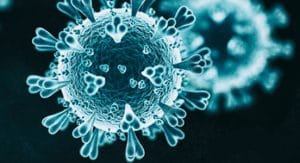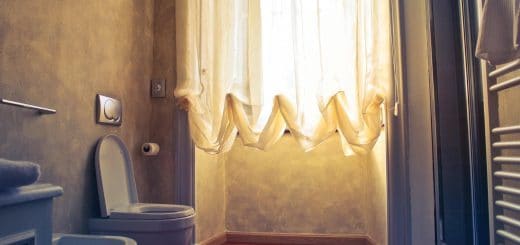How to Disinfect Soft Surfaces to Prevent COVID-19
The ongoing COVID-19 pandemic has taken the lives of over one million people worldwide and affected millions more. In response to the deadly disease, also known as coronavirus, people are prioritizing cleanliness more than before. By limiting the spread of germs, there is a lesser chance for more people to suffer fr om the virus.
om the virus.
From more regular handwashing to cleaning high-touch surfaces and objects, thorough disinfection and cleaning has become the new norm. However, it is important that such disinfection and cleaning be done in the correct manner. Otherwise, any disinfection and cleaning measures you take to prevent coronavirus are ineffective and useless in the global fight against the disease.
Since the start of the coronavirus outbreak, a lot of talk has emerged regarding the proper way to wash your hands. While this is important, you must also give attention to cleaning and disinfecting surfaces and objects. Your hands do not remain clean throughout the day and they come into contact with various items and surfaces, spreading germs to these areas. If these surfaces and objects do not also undergo cleaning and disinfection, then COVID-19 can spread easily.
Hard non-porous surfaces, such as counters and table tops, can be easily cleaned using disinfecting wipes or cleaning sprays. Soft surfaces, such as carpeting and furniture upholstery, are not as easy to clean and often require more time, effort, and different cleaning products.
Continue reading to learn more about how to disinfect soft surfaces to prevent the spread of COVID-19.
The Difference Between Disinfection and Cleaning
Even though they are similar and sometimes spoken interchangeably, there is a difference between “disinfection” and “cleaning.” Both actions refer to harming germs and can reduce the spread of such, but they do not both kill and remove germs.
Cleaning describes the removal of germs, dirt, and other debris from an object or surface. This action does not kill such harmful elements, but it does cut down on the amount of them. Meanwhile, disinfection describes the killing of germs and other pathogensPathogens are microorganisms such as bacteria, viruses, or f... More through the use of chemicals. This action does not remove the germs, so they will still be present on the surface they were on.
Because of this, it is recommended that cleaning and disinfection are both done when working to prevent the spread of COVID-19. First, conduct cleaning to remove as many germs as possible. Then, follow up the cleaning by disinfecting the surface or object to kill any lingering germs.
The combination of these two acts is the most effective way to stop germs from spreading illness and infectionInfection is the invasion and multiplication of harmful micr... More.
How to Clean and Disinfect Soft Surfaces
The Environmental Protection Agency (EPA) has compiled a list of numerous household disinfectants that can be used to prevent COVID-19. Peruse these products to see which ones are suitable for porousPorous describes a material that contains small openings or ... More surfaces. When you get the product, follow the provided instructions.
If you are unable to find suitable household disinfectants, then you should conduct cleaning to remove as many germs as possible. For soft surfaces, such as rugs and furniture upholstery, this can mean either laundering the items or thoroughly washing their surfaces.
When laundering, follow the instructions provided by the item’s manufacturer. Use as warm of a water setting as is allowed. Hot water can kill germs, so you want to use warm or hot water as opposed to cold water to harm pathogensPathogens are microorganisms such as bacteria, viruses, or f... More as much as possible.
If you cannot launder the item, as would be the case with carpeting, then clean its surface using either an appropriate cleaner or soap and water. Afterwards, vacuum the surfaces as you normally would.
Professional Coronavirus Cleaning and Disinfection Services
Frequent handwashing and cleaning and disinfection of high-touch surfaces are important actions to take to prevent the spread of COVID-19. However, sometimes a more thorough cleaning and disinfection job should be done.
For example, if someone in your workplace has potentially been exposed to coronavirus or ends up testing positive for it, then it is in everyone’s best interest that the entire property undergo complete cleaning. This can be a lot of work to do yourself, especially if you work in a large commercial property. Even if you have your own maintenanceMaintenance is the routine care, inspection, and repair of a... More crew on staff, they might not have the time or resourcesResources include tools, personnel, equipment, and materials... More to handle more thorough work. But there are people who can help.
Professional disinfection help is available to provide businesses and other commercial properties with complete coronavirus cleaning and disinfection services. These services can be used proactively to give your employees more peace of mind at work, or you can seek help from these services after the workplace has been exposed to the deadly disease.
No matter the reason, professionals have the products and equipment to effectively clean and disinfect large areas. With these services, you and your staff can feel comfortable returning to a clean work environment.












